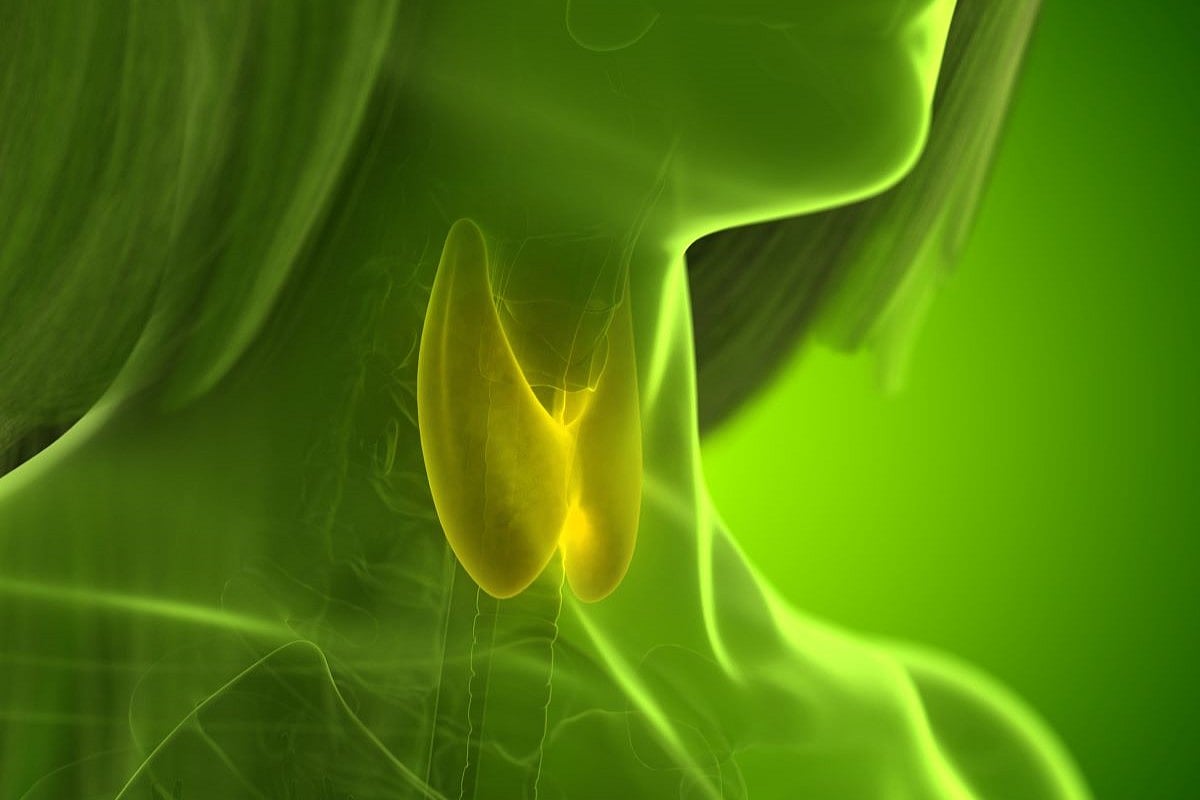In a recent study, a number of persons with subclinical hypothyroidism were reclassified as normal, especially women and White participants
By Elana Gotkine HealthDay Reporter
WEDNESDAY, May 14, 2025 (HealthDay News) — Age-, sex-, and race-specific reference intervals for thyroid diseases reclassify many participants with subclinical hypothyroidism or hyperthyroidism as normal, according to a study published online May 6 in the Annals of Internal Medicine.
Qihang Li, M.D., from Shandong University in Jinan, China, and colleagues identified age-, sex-, and race-specific reference intervals for the common diagnostic tests that measure thyroid function and examined how these new reference intervals reclassify persons compared to current reference intervals in a cross-sectional study. Data were included from 8,308 U.S. National Health and Nutrition Examination Survey (NHANES) participants aged 20 years or older supplemented with 314,302 patients aged 18 years or older from a Chinese database from 49 hospitals in 10 provinces.
The researchers found that the 97.5th percentile levels of thyroid-stimulating hormone (TSH) increased with age in the NHANES participants, while total triiodothyronine levels decreased with age and total thyroxine (TT4) levels were stable across age. Higher TT4 levels were seen for women, and higher TSH levels were seen for White participants. The prevalence of subclinical hypothyroidism increased from 2.4 percent for ages 20 to 29 years to 5.9 percent for ages 70 years and older using current reference intervals. Using age-, sex-, and race-specific reference intervals, 48.5 percent of persons with subclinical hypothyroidism were reclassified as normal, especially women and White participants, and 31.2 percent of persons with subclinical hyperthyroidism were reclassified as normal, especially women, Black participants, and Hispanic participants.
“We expect that our findings will help decision makers establish more accurate reference intervals for thyroid diseases,” the authors write.
Editorial (subscription or payment may be required)
Copyright © 2025 HealthDay. All rights reserved.








